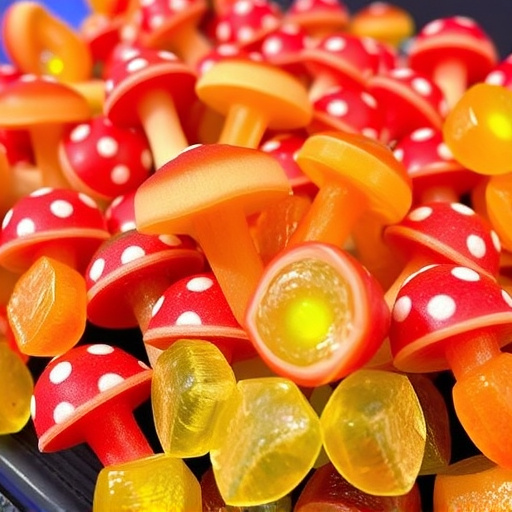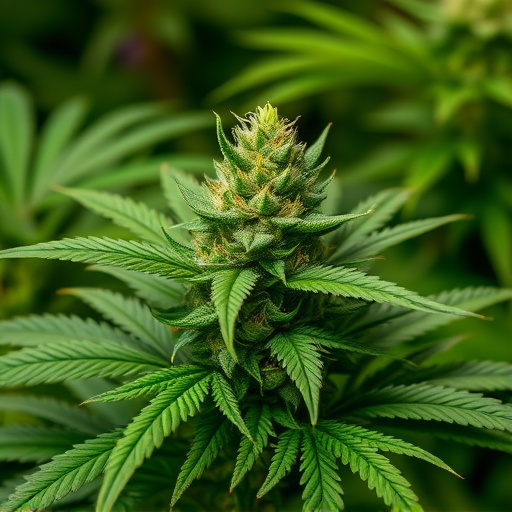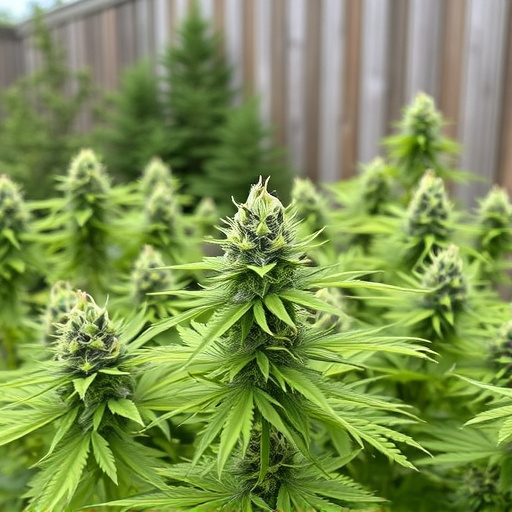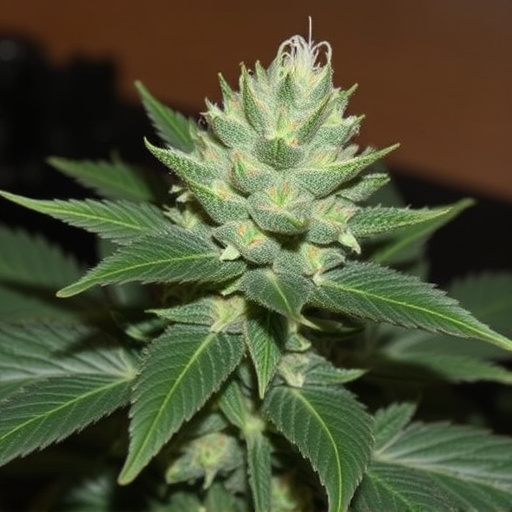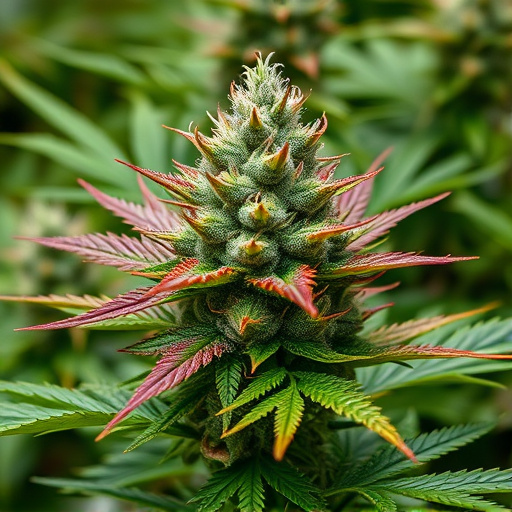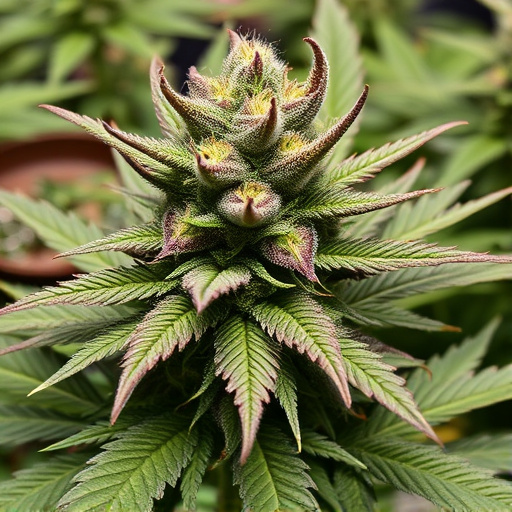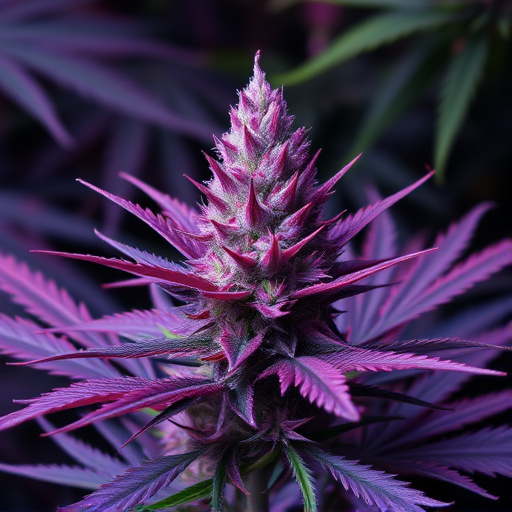Drug testing for cannabis has evolved significantly, with improved sensitivity and accuracy driven by advanced urine analysis methods. Modern techniques go beyond urine samples to include blood, saliva, and hair follicle analysis, extending detection capabilities. Gas chromatography-mass spectrometry (GC-MS) and immunoassay technologies enable the identification of trace amounts of cannabinoids, including those in classic cannabis strains. While classic strains have higher THC levels, making them easier to detect, factors like usage frequency and metabolism influence detection times, necessitating careful interpretation of results. These evolving methods are crucial for maintaining drug-free workplaces, ensuring comprehensive and precise screening across diverse substance categories.
Weed, or cannabis, is a substance that frequently appears on drug tests, yet its detection methods and impact on test outcomes remain a topic of interest. This article explores how cannabis shows up in drug screens, delving into the science behind identification and the varying effects of different classic cannabis strains. We’ll also provide practical tips for minimizing risk if you’ve used weed, focusing on strategies to pass drug tests while considering alternatives for managing stress or pain without cannabis.
- Detection Methods: How Drug Tests Identify Cannabis
- – Chemical analysis techniques used in drug testing
- – Common indicators of cannabis use and their reliability
Detection Methods: How Drug Tests Identify Cannabis
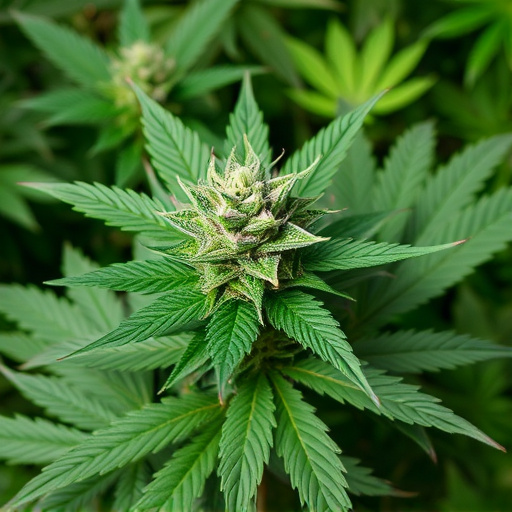
Drug tests designed to detect cannabis, or weed, have evolved significantly over time, with more advanced methods emerging to identify even trace amounts of the substance. Traditional testing involves urine analysis, where specific cannabinoids, such as THC (tetrahydrocannabinol), are searched for. This process has been refined through the years, with modern tests offering higher sensitivity and accuracy.
Among classic cannabis strains known for their potent effects, high concentrations of THC can make these plants easier to detect. However, newer testing techniques go beyond urine samples, utilizing blood, saliva, or hair follicle analysis. These methods are particularly useful in occupational settings where drug-free workplaces are mandated, ensuring more comprehensive screening processes.
– Chemical analysis techniques used in drug testing
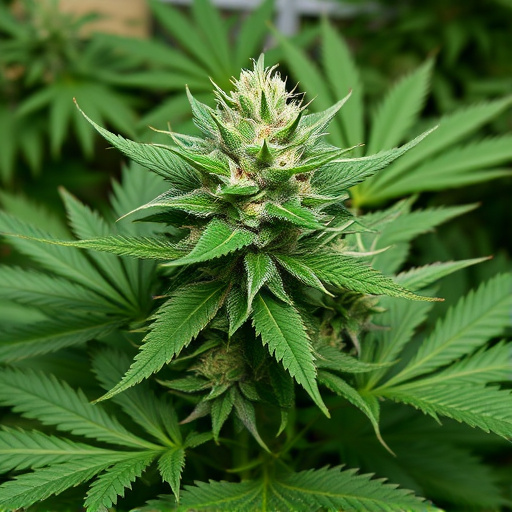
Drug testing has evolved significantly, adopting advanced chemical analysis techniques to detect a wide range of substances, including classic cannabis strains. One common method is gas chromatography-mass spectrometry (GC-MS), which separates and identifies compounds in a sample by vaporizing them and analyzing their mass-to-charge ratios. This highly sensitive technique can detect trace amounts of cannabinoids like THC present in urine or blood samples.
Another widely used approach is immunoassay, where specialized antibodies are employed to identify specific drug metabolites. While less precise than GC-MS, immunoassay offers rapid results and is often the initial screening method. As technology advances, these techniques become more accessible, allowing for comprehensive testing across various substances, including those derived from classic cannabis strains.
– Common indicators of cannabis use and their reliability

Cannabis use can be detected through various methods, with drug tests being a common means to identify it. When it comes to indicators of cannabis consumption, several factors come into play, each with its own reliability. One of the most classic cannabis strains, known for its high THC content, can leave distinctive markers in the body. These include the presence of cannabinoids like THC and its metabolite, 11-nor-9-carboxy-THC (THC-COOH), which can be detected in urine samples for several days after use.
The reliability of these indicators depends on various factors, such as the frequency and amount of cannabis consumed. Classic cannabis strains, with their potent effects, may produce more noticeable results in drug tests. However, individual metabolism and body composition also play a role, leading to variations in detection times. Additionally, external factors like sample handling and testing methods further influence the accuracy, ensuring that a positive result is not solely based on cannabis use but requires comprehensive analysis and interpretation.
Weed, or cannabis, can be a persistent substance to detect due to its varying methods of consumption. However, advanced chemical analysis techniques in drug testing have evolved to keep pace with modern usage trends, including the popularity of classic cannabis strains. While indicators like odor and metabolite presence offer some clues, these methods are not foolproof. Understanding the science behind detection is crucial for both individuals seeking to pass drug tests and professionals responsible for administering them.

